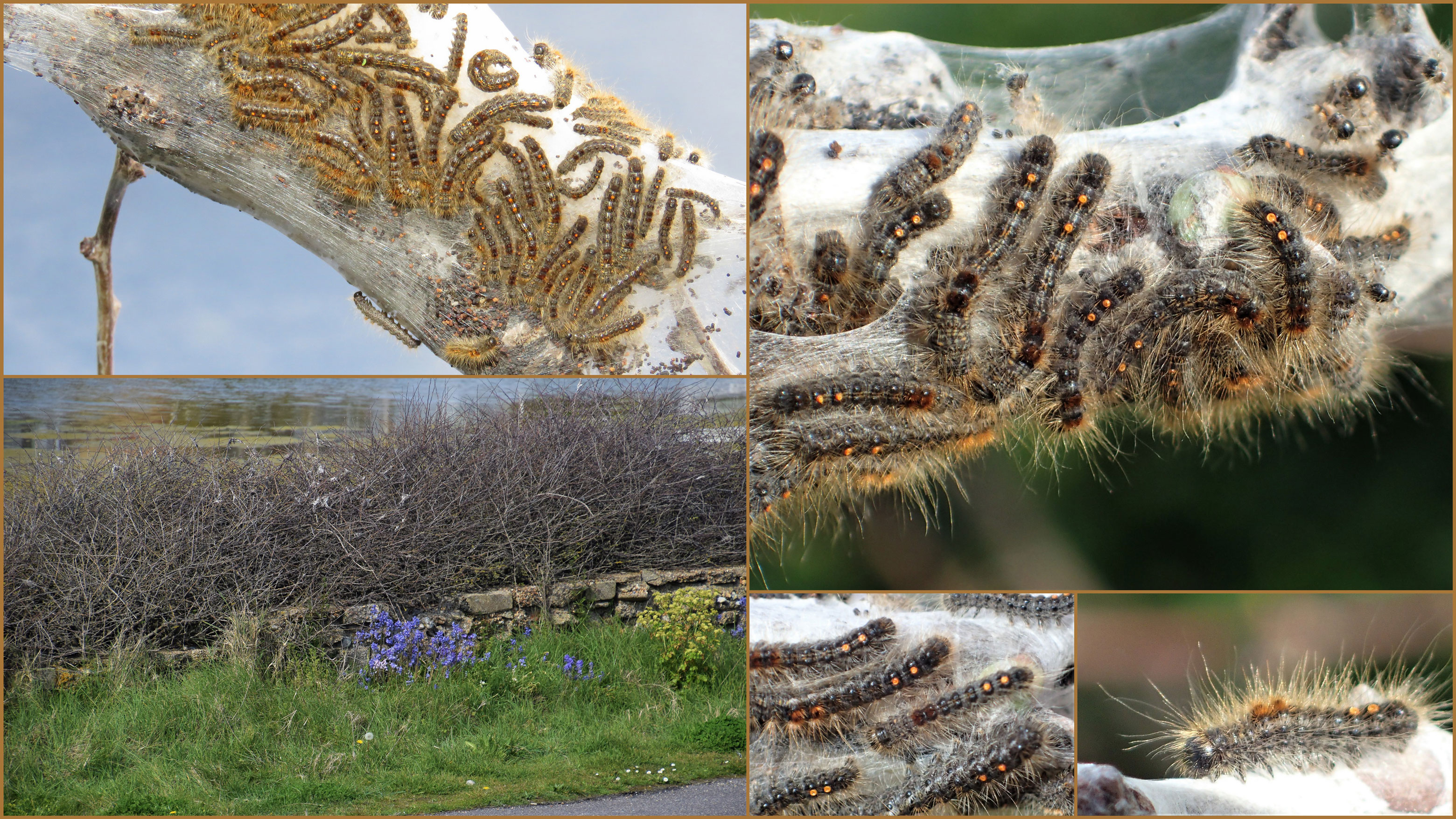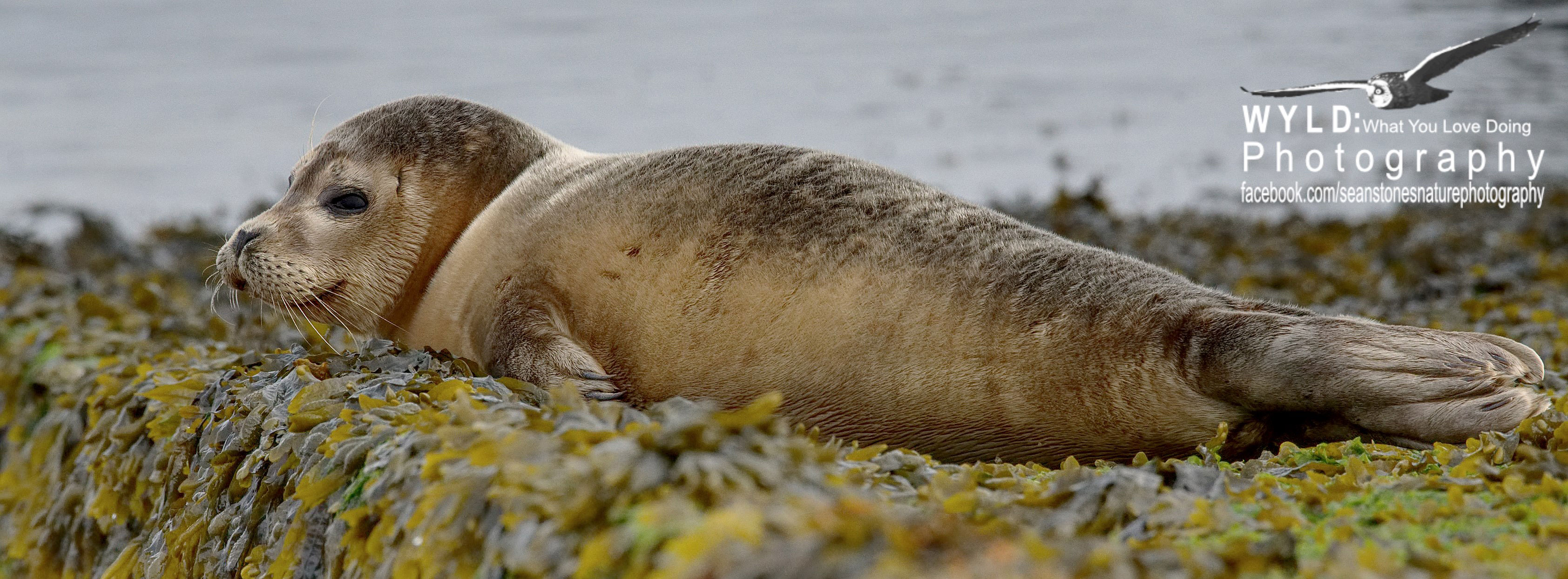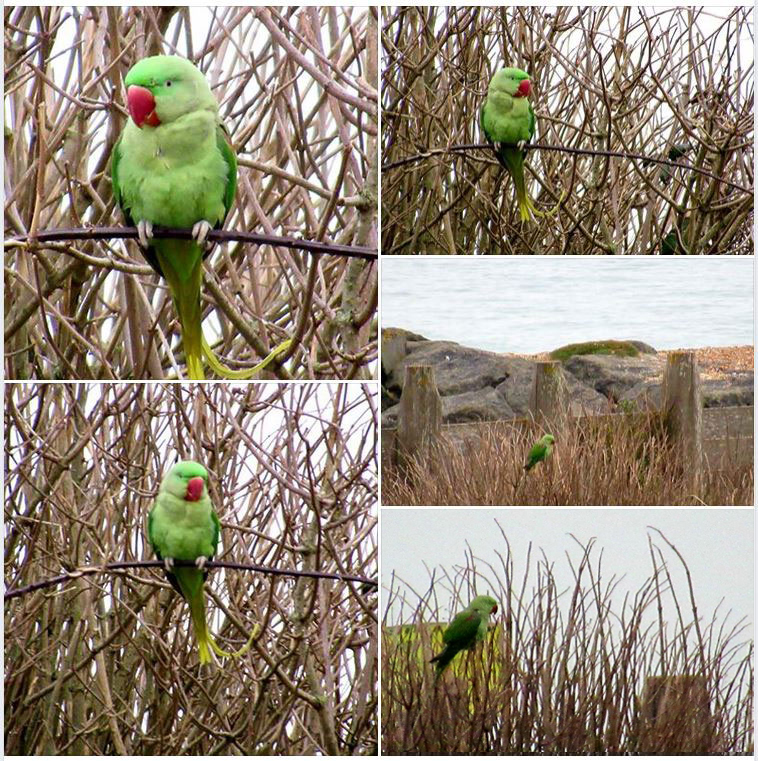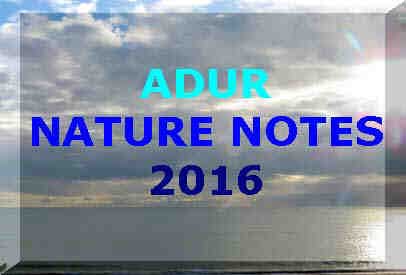.jpg)
- Adur Marine Life Reports
- Coastal & Intertidal 2019
- Reports from the sea, shore and coast, including Widewater Lagoon
Information
Coastal saline lagoons and the Water Framework Directive (NECR039)
A number of coastal saline lagoons in the UK have been identified as ‘water bodies’ under the Water Framework Directive. This means that there is a requirement to develop type-based classification tools to help assess their ecological status. This study was commissioned by Natural England to inform future work of the UK Technical Advisory Group and Marine Task Team in developing a national consistent approach to the assessment of lagoons under the Water Framework Directive.
 |
 |
|
(Community Group) |
(Community Group) |
Events
8
June
Adur World Oceans
Day
World
Oceans Day was first declared as 8th June at the Earth Summit in Rio de
Janeiro in 1992.
Events
occurred all around the world on and around this day.
Adur
World Oceans Day
CANCELLED
2019
Reports
Adur Coastal & Intertidal 2020
23
October 2019
The
Snow
Bunting was not to be seen.
22
October 2019
A
small Arctic bird called a Snow Bunting,
Plectrophenax
nivalis, made a surprise visit
to the far eastern end of Shoreham Beach where it stayed in one place on
the pebbles and grass, continually feeding on seeds with its yellow beak.
It seemed unperturbed by the frequent passing lorries.
Photographers
could not get close because of the temporary metal fencing. Snow
Buntings are a very scarce winter visitor
and passage migrant to the Shoreham area.
Previous
2912 report
Wall
Lizards, Snow Bunting
Shoreham
Fort
Unidentified
fungi
Silver
Sands
Seventeen
Wall
Lizards, Podarcis
muralis,
were easily seen on and around the carnot
wall of Shoreham
Fort in the calm sunshine. All but three
were large adult lizards and I expect there were many more in hiding.
There
were about forty familiar but unidentified mushrooms
on Silver Sands
above the high tide
limit. I think these mushrooms are Marasmius
oreades?
18 October 2019
Dune
Waxcap, Hygrocybe
conicoides,
on
the Widewater Nature Reserve
Photograph
by Anthony Gammon
on World
of Widewater (WOW) facebook
This
is one of a small group of Dune Waxcaps
on the Widewater flood plain.
Adur
Waxcaps
24
September 2019
A
Dolphin
stranded alive at Soldier's Point near Shoreham Harbour
entrance on the high equinoctial spring tide at
1:00
pm was helped back into the water by volunteers.
Sea
Heath with Lagoon Cockle
Widewater
Lagoon
8 August
2019
There
were over a hundred Childing Pink
in flower and even more dead heads
at Silver Sands, with
frequent Hare's Foot Clover. Wall
Lizards were lively on the the carnot
wall of Shoreham
Fort, In the sun the only observation
remotely newsworthy was a Hummingbird
Hawk-Moth flying along the south-facing
wall of Shoreham Fort. Even this had been seen more than once in previous
years.
16
July 2019
Two
pods of dolphins were
seen off Widewater beach, Lancing just before sunset
(8.30 pm). The
first pod of four to six dolphins were seen feeding three or four miles
out from the western end of Widewater and travelling westwards. Simultaneously,
another pod of four to six were seen to the south-east (east of the last
wind turbine) breaching and swimming eastwards amongst the net marker buoys
at the same distance from the shore. The sunset
was followed by a Partial Lunar Eclipse
that started about an hour later.
26
June 2019
Viper's Bugloss
Viper's Bugloss had taken over as the dominant plant on the shingle above the high tide ridge on Shoreham Beach West, its blue spikes exceeding all the other vegetation by mass. On a humid breezy afternoon, on the Widewater flood plain, one spike was visited by my first definite Painted Lady Butterfly of the year.
Viper's
Bugloss, Yellow-horned Poppy,
Sea
Campion
Ivy-leaved
Toadflax, English Stonecrop,
Silver
Ragwort, Sea Heath
Shoreham
Beach West and Widewater Flood Plain
25 June 2019
Kidney
Vetch, Biting Stonecrop, Hare's Foot Clover,
Childing
Pink
Melilot,
Black Horehound
Silver
Sands, Shoreham Beach
There were well over a hundred Childing Pink flowers amongst the Hare's Foot Clover on Silver Sands, Shoreham Beach. Great Lettuce and Fennel was growing nearby, but had not yet flowered.
7 June 2019
Buck's-horn
Plantain,
Silver
Ragwort,
Kidney Vetch
Silver
Ragwort, Rock Samphire, Sea
Campion
Southwick
Beach
Southwick Beach is submerged on a high spring tide and the sea pounds against the concrete of the Shoreham Harbour private road. Terrestrial flora is mostly settled in cracks in the tarmac and small patches of shingle landward of the harbour wall. On a breezy rainy afternoon, the dominant species was the newly flowering Silver Ragwort in excess in bulk of all other vegetation but with notable amounts of Yellow-horned Poppy, new growths of Tree Mallow, leaves of Rock Samphire and Sea Kale, straggly Sea Beet, the last flowers of Sea Campion, patches of past their best Kidney Vetch, clumps of Buck's-horn Plantain, swathes of Thrift on the shallow soil in front of the beach huts, and a few other common waste ground plants.
6 June 2019
Sea
Kale, Tree Mallow,
Silver
Ragwort
Yellow-horned
Poppy, Red Valerian, Vipers
Bugloss
Shoreham
Beach West
The sea pushes the pebbles up to a ridge at west Shoreham Beach, with a gradual reverse slope down to the road and houses. This reverse slope is stable (not battered by the waves) and supports a flora of large colourful shrubby plants: Sea Kale, Tree Mallow, Silver Ragwort, Yellow-horned Poppy, Red Valerian, Vipers Bugloss and Hoary Cress in flower, as well as Slender Thistle and Common Poppies.
Shoreham Beach West
Vipers
Bugloss was particularly attractive to frequent
bumblebees.
A handful of small long-tailed Ichneumon-like
Wasps Gasteruption
sp, all skulked over the flowers
of the ground-hugging Creeping Cinquefoil.
A
Silver
Ragwort
hosted a colony of Black
Ants.
Ragwort
Aphids
Adur
Ragworts
Adur
Bees & Wasps
22 April 2019
Fauna on the Widewater flood plain
A colourful
moth
amongst the Red Deadnettle
and other dense vegetation on the Widewater
flood plain was identified as my first ever Ruby
Tiger Moth, Phragmatobia
fuliginosa. It was strongly inclined
to hide and I could not get a photograph. I underestimated the Brown-tailed
Moth nests before and I counted at least
twenty on the Blackthorn.
I also spotted a Hairy
Shield Bug,
Dolycoris
baccarum.
Adur
Moths
Adur
Bugs
Brown-tailed Moth nests with Caterpillars
By the Widewater car park, the Blackthorn showed no trace of flowers or leaves and the adjacent Hawthorn was in leaf and budding. It was on the Blackthorn mostly that the Brown-tailed Moths had built about a dozen nests housing scores of caterpillars which will feed on the interlocking Hawthorn.
Little Egret
3-spined Sticklebacks could be seen darting to in the surface water of the lagoon on a sunny afternoon. And the Little Egret spotted one as well.
10 April 2019
As
the sun cast strong shadows, the local young Common
Seal hauled on the slipway on Kingston
Beach and just lazed around at high tide for
at least a couple of hours in the afternoon. In the chilly north-east breeze,
the seal attracted
about a dozen visitors at any one time including children at half term.
BMLSS
Seals
8 April 2019
Common
Seal on Kingston Beach
Photograph
by Sean
Stones
At Kingston Beach I enjoyed great views and opportunities for photographs of the local Common Seal.
23
March 2019
A
Common
Seal was spotted on the shingle beach
at Southwick.
14
March 2019
Spurge, Euphorbia
Spurge,
Euphorbia,
has
escaped from the gardens and has begun successfully colonising the beach
near Ferry Road, Shoreham. It looks reasonably attractive but it could
become dominant.
25 February 2019

Wall
Lizard at Shoreham Fort
Photograph
by David Verrall
25 January 2019
House Sparrows
A crew of well over fifty (counted) House Sparrows congregated to feed on a vegetated part of Shoreham Beach to the east of the Church of the Good Shepherd on a misty murky day.
21 January 2019
Black
Redstart ![]()
Making short flights on and around the carnot wall of Shoreham Fort, the male Black Redstart rarely kept still for more than a few seconds and it was very small in the viewfinder through the 500 mm telephoto lens.
Black
Redstart originally inhabited stony ground in mountains, particularly
cliffs, but since about 1900 has expanded to include similar urban habitats
including bombed areas during and after World War II, and large industrial
complexes that have the bare areas and cliff-like buildings it favours;
in Great Britain, most of the small breeding population nests in such industrial
areas. It will catch passing insects in flight, and migrants often hunt
in coastal tide-wrack for flies or tiny crustaceans. Its quick ducks of
head and body are robin-like, and its tail is often flicked.
Black
Redstart (wiki)
The
Black
Redstart typically flicks from one perch to another and, as it does
so, will momentarily reveal the glorious red plumage at the base of its
tail.
Black
Redstarts are insectivorous and will be found in places where there is
most insect activity. This is why rocky beaches are good places to look
for them
Black
Redstart (more info.)
A Meadow
Pipit kept out of camera range
Meadow
or Rock Pipit
4 -
20 January 2019
A
male Black Redstart
has made a prolonged visit to Shoreham
Fort. Sussex
Ornithological Society record
it as a rare resident, scarce passage migrant
and very scarce winter visitor.
2001
Report
8 January 2019
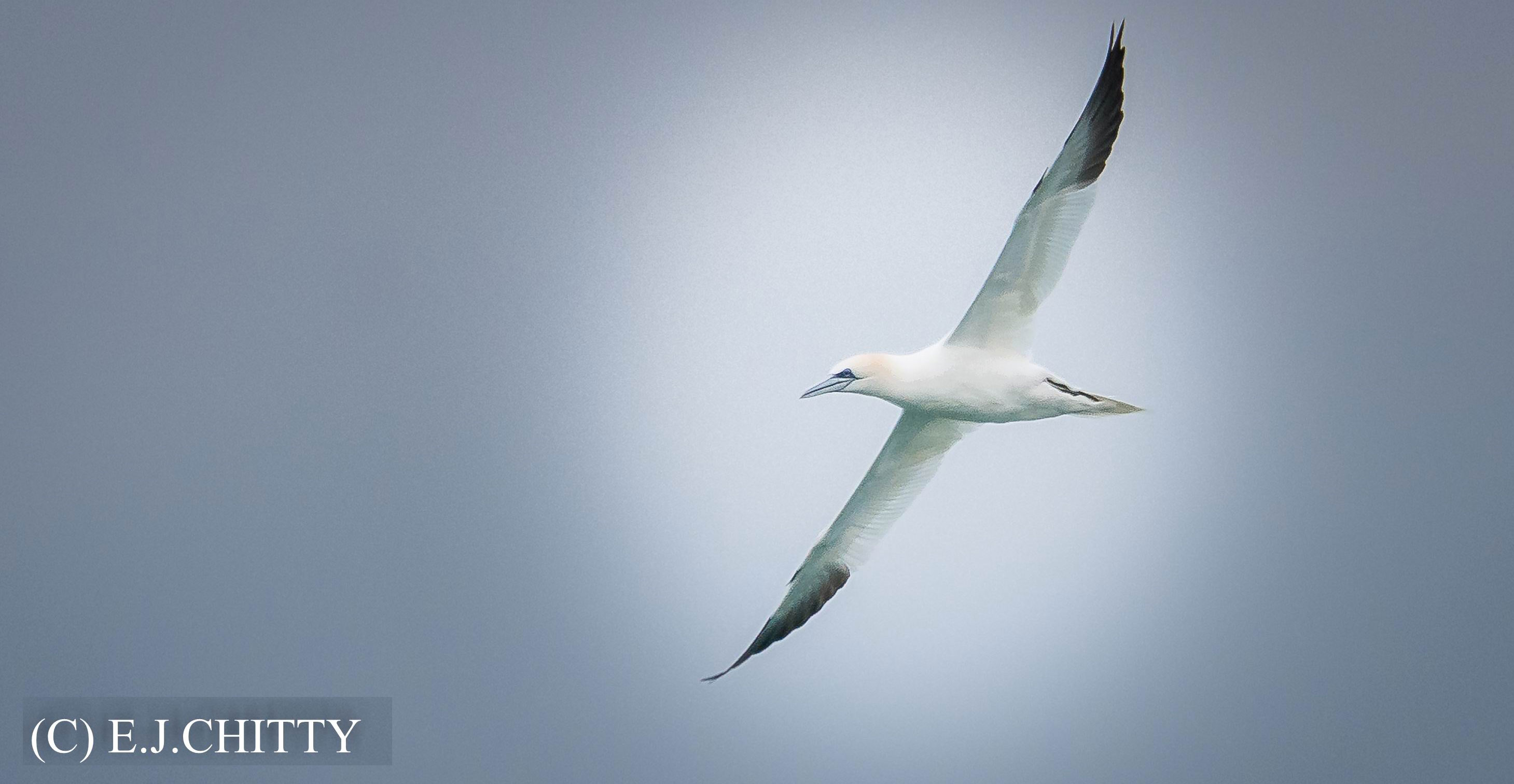
Gannet off Shoreham
Photograph
by Edward J Chitty
There were many Gannets just after nine in the morning between Widewater western causeway and Lancing Sailing Club, only 20-30 metres off the beach. I could hear them hitting the water!
In the afternoon, I located a shoal of fish by a patrol of over twenty Cormorants actively diving under the surface 100 metres off Widewater. They were accompanied by even more gulls.
Mute Swan on Widewater
Two adult Mute Swans remained on Widewater, yet to chase away the three cygnets (looking like adults), offspring from last year.
7 January
2019
A
company of over fifty Gannets
have been seen diving into the sea after fish off Shoreham Beach where
shoals of Herring
have been reported.
Parakeet
near
Widewater
Lagoon
Photographs
by Mikey Unsted
Report
by Dawn Ayres
on
World
of Widewater
facebook
This
solitary Parakeet
visited gardens near Widewater. I am not sure if it is a visiting Ring-necked
Parakeet or an escaped captive bird?

.jpg)






.jpg)

